Mary Richardson suffragette, socialist, fascist
This is a summary of the entry I wrote in the Oxford Dictionary of National Biography. I also wrote an article in a suffrage collection about her and in the Women’s History Review. I was particularly interested in the way in which she re-wrote her autobiography at different stages of her life.
Richardson, Mary Raleigh (1882/3-1961), suffragette and political activist, was brought up by her Canadian mother in Belleville, Ontario, and her grandfather. She returned to Britain when she was sixteen, studying art and travelling to Paris and Italy. While living in Bloomsbury she undertook freelance work as a journalist. A witness to the events of ‘Black Friday’ (18 November 1910), in which the WSPU lobbied parliament and were brutally attacked by the police, she joined the WSPU and quickly engaged in militant activities. She described this change in her life as enlisting ‘in a holy crusade’. She was arrested nine times, serving several sentences in Holloway prison for assaulting the police, breaking windows, and arson. She was frequently attacked while campaigning for the suffrage cause: her shoulder blade was broken and her clothing torn to shreds when she presented a petition to George V in Bristol in 1913. She campaigned with the socialist Sylvia Pankhurst in east London and was arrested and then imprisoned with her after a rally in Bromley by Bow in July 1913.
Mary Richardson was one of the first two women to be force fed, under the ‘Cat and Mouse Act’ in 1913, having been arrested at the scene of an arson attack. She suffered extensive bruising and poor health as a result, writing about this experience as ‘torture’. When released in 1914 after a long period of forcible feeding, she declared, ‘The worst fight on record since the movement began is now raging in Holloway’. Mary Richardson was not the first, but the most famous, suffragette to slash a painting as a political protest. On 10 March 1914 she attacked Velázquez’s The Toilet of Venus (the ‘Rokeby Venus’) in the National Gallery. She claimed that this act was perpetrated to draw attention to the plight of Emmeline Pankhurst, then on hunger strike in Holloway prison, saying, ‘You can get another picture but you cannot get a life, as they are killing Mrs Pankhurst’ (The Times, 11 March 1914). For Mary Richardson, the most beautiful woman in art was of little significance compared with the life of Mrs Pankhurst, ‘the most beautiful character in modern history’ .This action both secured her fame and eighteen months with hard labour. It also led to many museums’ closing their doors to unaccompanied women.
On the outbreak of war in 1914 Mary Richardson resumed her literary career, publishing a novel, and volumes of poetry. In the 1920s and 1930s she stood several times as a parliamentary candidate. The first occasion was in November 1922 when she stood as Labour candidate in Acton, Middlesex, receiving 26.2 per cent of the vote against the successful Conservative candidate. In October 1924 she stood for the same seat as an independent socialist against the official Labour candidate and obtained 7.6 per cent of the vote. Although adopted as a prospective parliamentary candidate for the rural constituency of Bury St Edmunds in 1926, she did not stand in the 1929 election. In 1931 she was adopted as a last-minute Labour candidate in Aldershot against Lord Wolmer, the National Government incumbent, and lost heavily.
She joined then the New Party, formed by Sir Oswald Mosley in 1932, and subsequently , in 1934, at a time of significant membership growth, she joined the British Union of Fascists (BUF) as the organizing secretary of its women’s section. Like many British fascists, she had been impressed by the work of Mussolini in Italy. She spoke extensively for the British Union of Fascists and wrote regularly for the fascist press. She frequently drew analogies between the current work of British fascists and those of the militant suffrage feminists before the First World War, controversially interpreting her fascist politics as the logical outcome of her suffrage past, ‘I was first attracted to the Blackshirts because I saw in them the courage, the action, the loyalty, the gift of service, and the ability to serve which I had known in the suffrage movement’. By 1935 she had left the BUF, having drawn hostility from Mosley’s mother, who described her as full of ‘dishonest inefficiency’.
In 1953 she published her autobiography, Laugh a Defiance, a sensationalist account of her time in the WSPU which was reticent about her later political career. Recently her time as a fascist has received attention from historians attempting to see the BUF as a movement in which feminist ideas were contested. Certainly in her autobiography she made no mention of this aspect of her political activity.



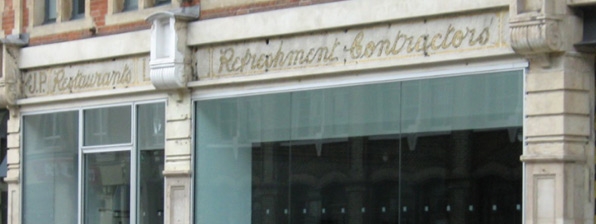


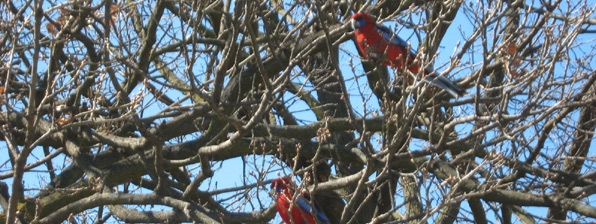


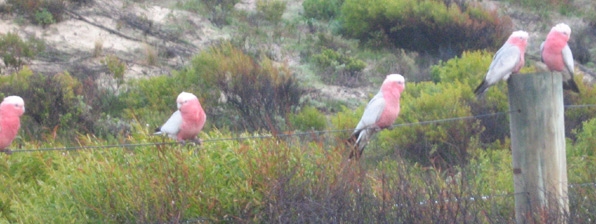

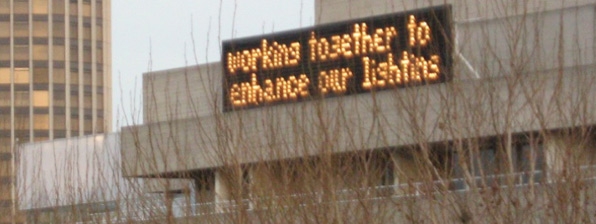

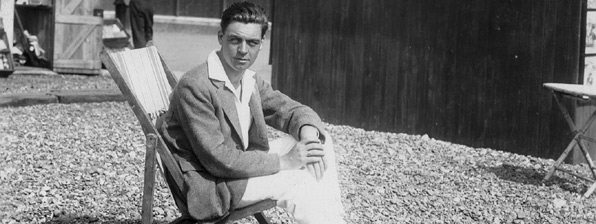

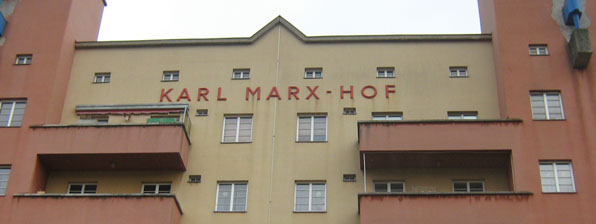
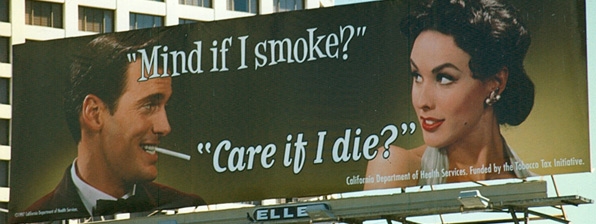
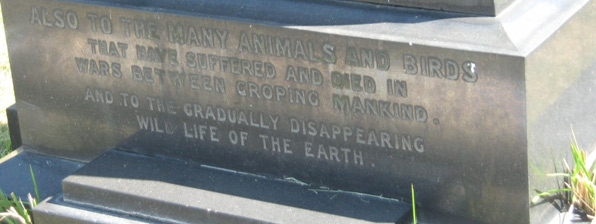

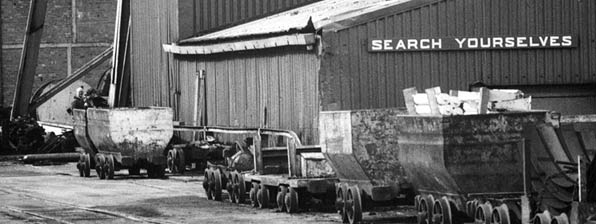


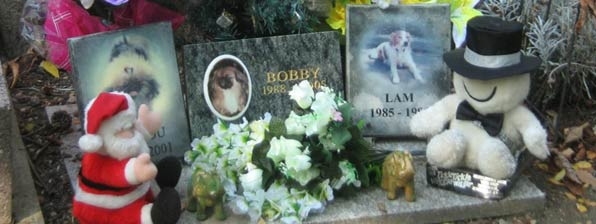
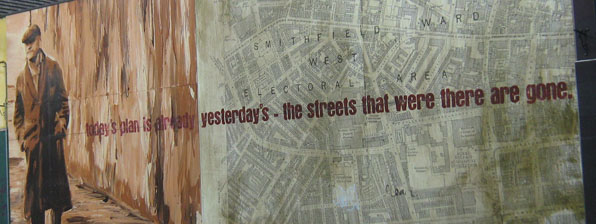






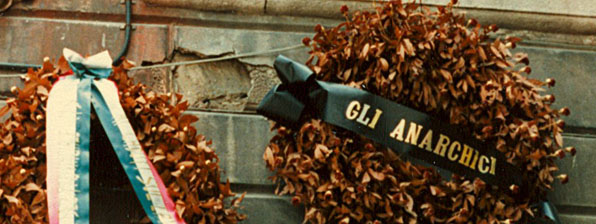

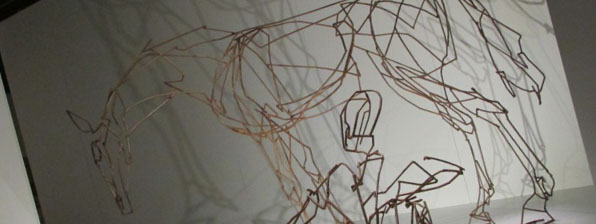
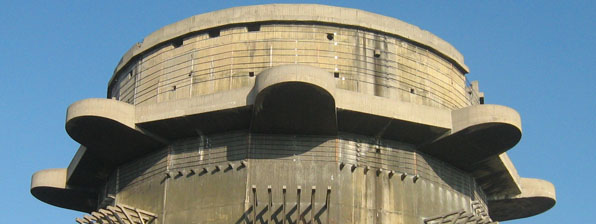
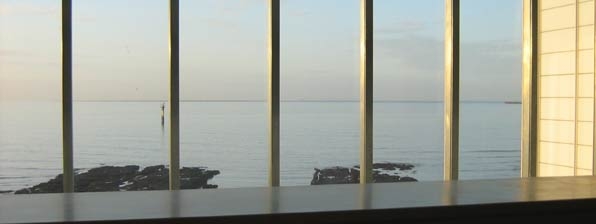










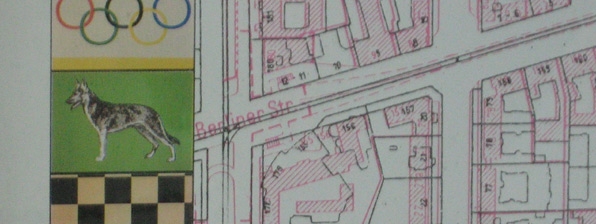


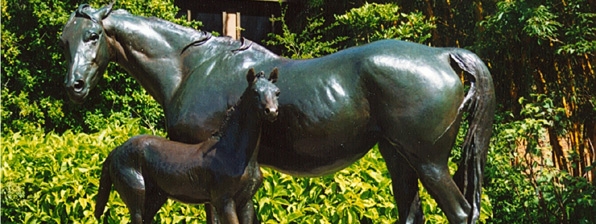




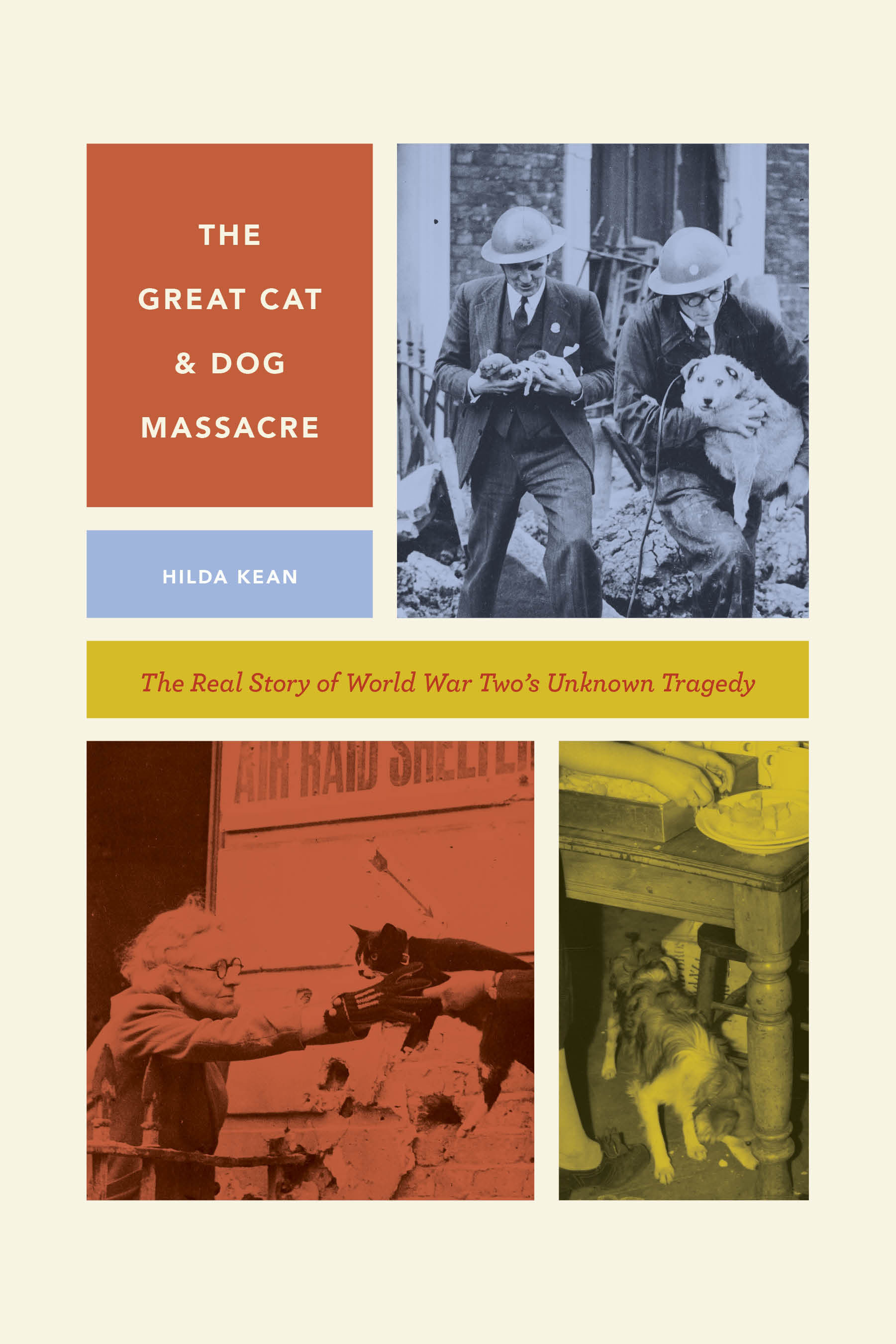
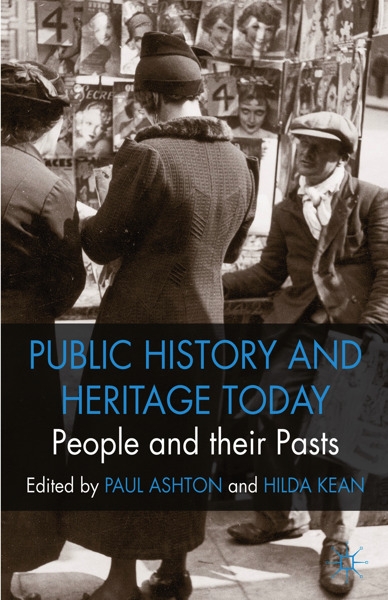

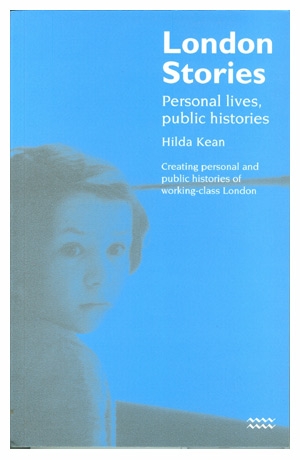

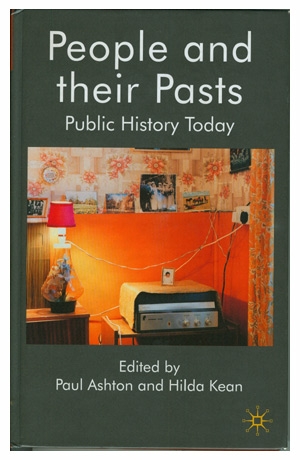
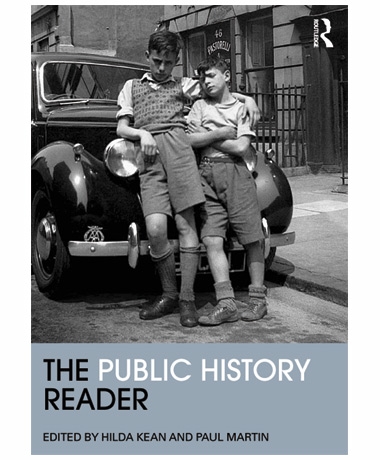




Very interesting. I am working on a novel in which a suffragette from England distances herself from violent action taken by some militant suffragettes, but ends up accused and having to go into hiding. Thank you for the insights into this interesting history. 🙂
I read with great interest your article and biographical entry about Mary Richardson. What brought me to them is research I am doing for a biography I am writing about a different woman from the same period. I would love to know if you have come across any references in your research on the suffragettes to my subject. Please email me if you are interested and willing to talk more. Many thanks, Lea
Thanks for your comment. You don’t say who you are researching. My articles on suffrage autobiography or my book Deeds not Words may be of interest.Who are the women you are interested in?
I am researching Emily Wilding Davison, suffragette, who died under the king’s horse a century and a month ago! Mary Richardson gives an much-quoted account of meeting EWD at the Epsom Derby in her Laugh a Defiance (1953). You cite Moseley’s mother describing her ‘dishonest inefficiency’. I think Richardson’s eye-witness Epsom description is fanciful and quite simply untrue. What’s your view? I would appreciate your opinion.
Hi Andy I cannot say definitively whether Mary Richardson was or wasn’t at the Derby. However, as I discussed in my article on Mary Richardson in Women’s History Review I was quite sceptical about her account in Laugh a Defiance and described her as being ‘clearly a woman at the centre of things’ and one who revealed little ‘other than a penchant for creating exciting yarns’. She has some accounts that are typical of suffrage autobiographies as I discuss in another article. The main thing, however, that leads me to be sceptical about the veracity of much of her account – apart from the fact that she re-writes her autobiography on many occasions – is the total silence on her fascist activities even though the book is not published until 1953.
Thanks for the information, I’m really interested in Mary Richardson’s biography. Anyone knows about her private life? Did she have any children? Husband?
Hi Mary did not marry but she adopted a son, Roger.